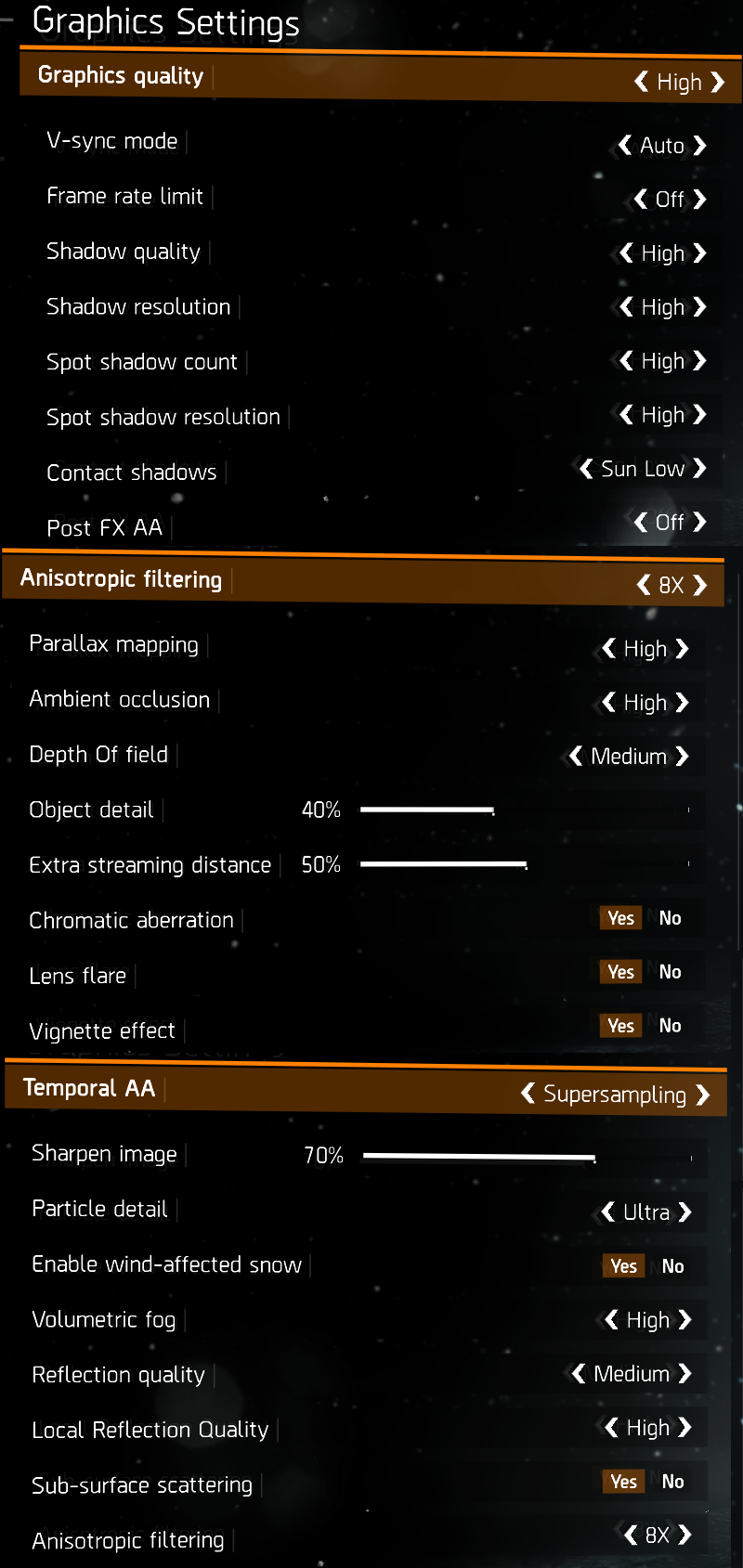We got our first look at Tom Clancy's The Division in January during an open beta period which saw over 6.4 million players participate across all platforms. Developed alongside Red Storm Entertainment, Ubisoft's latest third-person shooter was announced during the company's E3 2013 press conference and shipped worldwide this week for Microsoft Windows, PlayStation 4 and Xbox One.
Having pre-ordered a copy, we got busy benchmarking the second it was released. However, before we get to The Division's benchmark results and many graphical features, let's talk about the game itself.
The Division is set in an open world with immersive and destructive environments based on a mid-crisis Manhattan. As an agent, the player's mission is to restore order by investigating the source of a virus.
Played from a third-person perspective, this shooter has varied weaponry from high caliber machine guns to sticky bombs. The environment is full of objects you can use to your advantage and take cover behind during firefights.
With The Division, Ubisoft aims to take graphics fidelity to the next level by enabling new graphical features in an open world environment. The game has been built upon the Snowdrop Engine which focuses on dynamic global illumination, destruction and a number of cutting edge visual effects.
In fact, the PC version has received a full complement of visual effects, including sub-surface scattering, spot shadows, ambient occlusion, chromatic aberration, depth of field, contact shadows, wind-affected snow, parallax mapping, vignette and volumetric fog.

It should be noted that The Division is an Nvidia GameWorks title. Thankfully, it doesn't appear as though the inclusion of GameWorks has borked the performance of this game, as you will soon see. It does however mean that Nvidia's HBAO+ ambient occlusion, percentage closer soft shadows (PCSS), as well as hybrid frustum traced shadows (HFTS) are included.
Of these visual features hybrid frustum traced shadows (HFTS) is one you might not have heard of before and this is its first implementation. This advanced shadow technique is designed to take advantage of the Maxwell graphics card series and provide realistic geometrically-accurate hard shadows that smoothly transition to soft shadows in real time. Essentially HFTS is an enhanced version of PCSS as it builds on the technology. Hybrid ray traced shadows uses ray tracing instead of shadow maps to create sharper shadows that look better upon close inspection.
Test System Specs
To my surprise, The Division includes a benchmark that wasn't present in the beta version and it offers a good mix of demanding/typical gameplay scenarios, which is why we decided to use it. The in-built benchmark also has the advantage of being highly repetitive. In fact, benchmarking The Division without a built-in benchmark is extremely difficult for a few reasons.
First, you load into the game where you were last positioned in the open world or very nearby. This means after completing a benchmark run you have to return to the starting location before quitting, essentially running every test twice, and since we take an average from two or three runs that becomes pretty painful pretty fast.
However, the real issues for gathering accurate results comes down to the night and day cycle. As the time of day is always shifting it is hard to gather accurate results. We noticed that frame rates were higher at night and the late evening when compared to during the day. Anyway, the in-built benchmark solves this by testing at the exact same time of day every time.


No comments:
Post a Comment